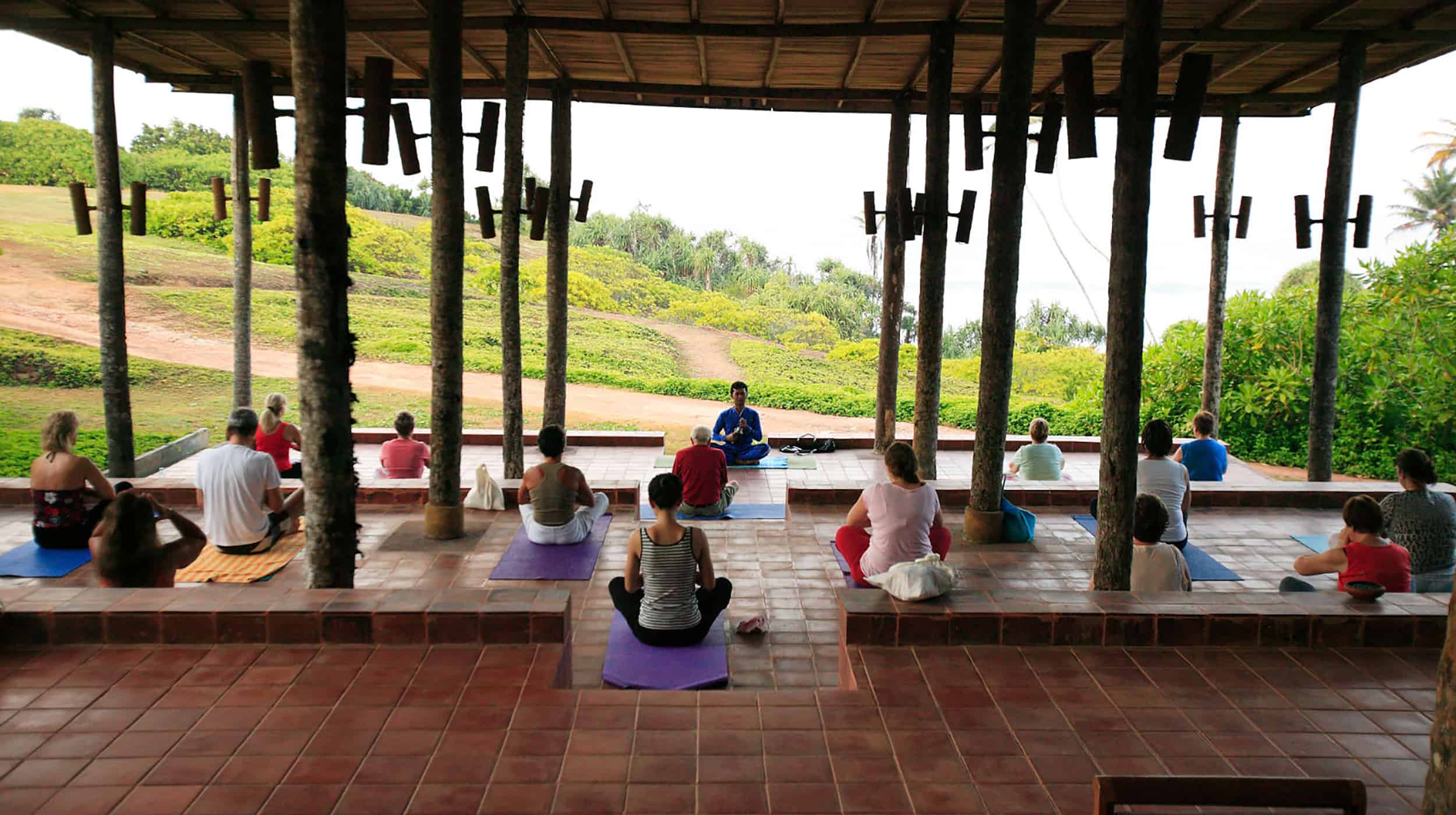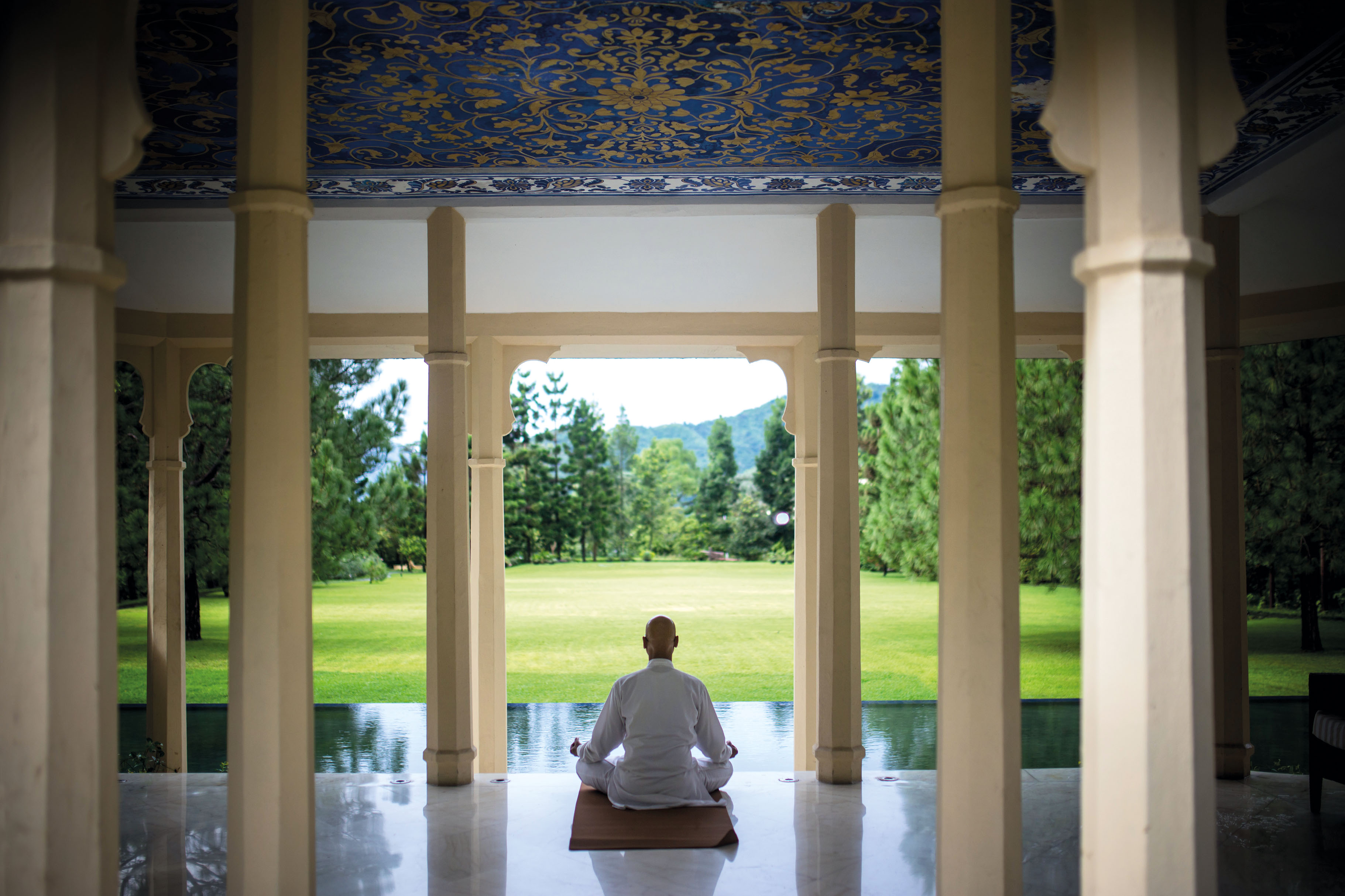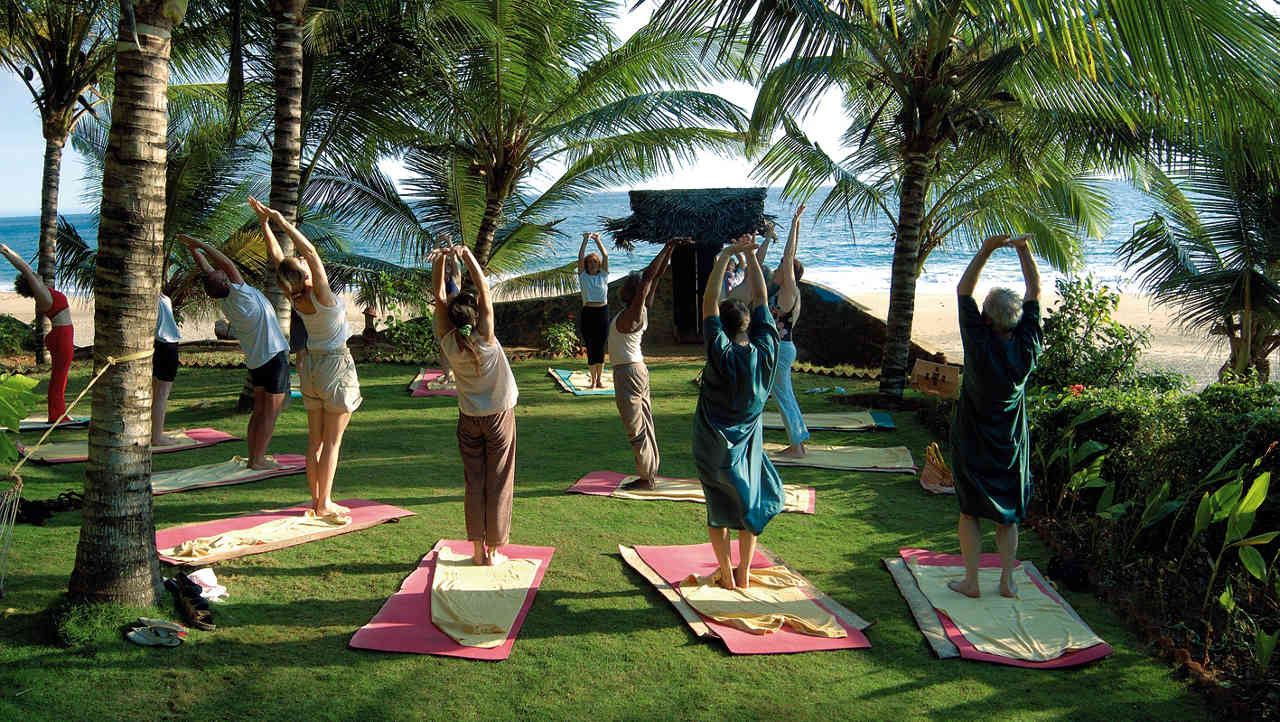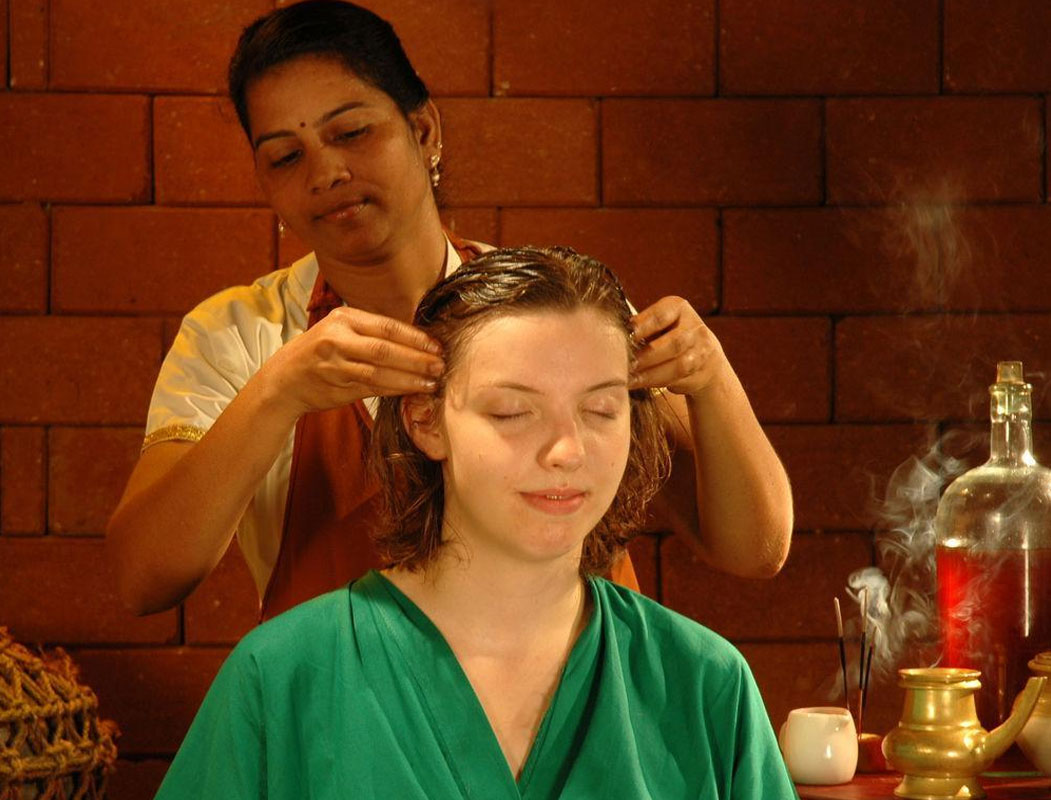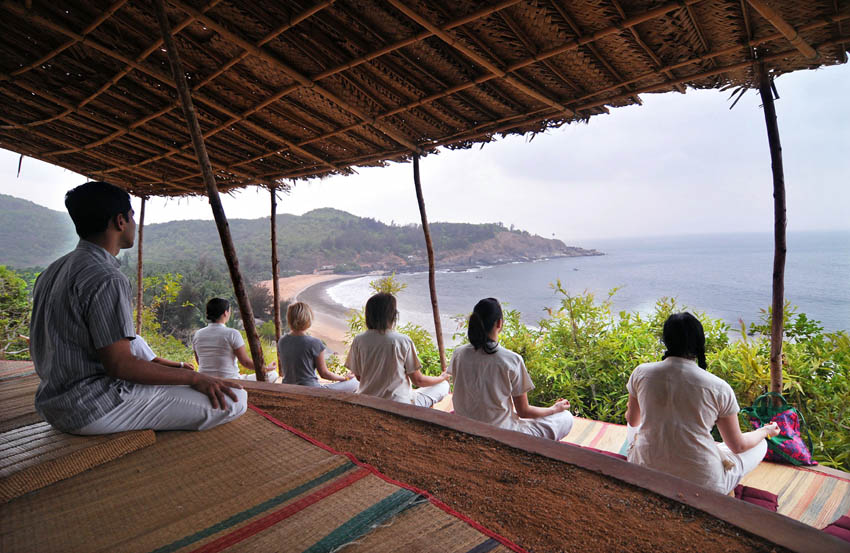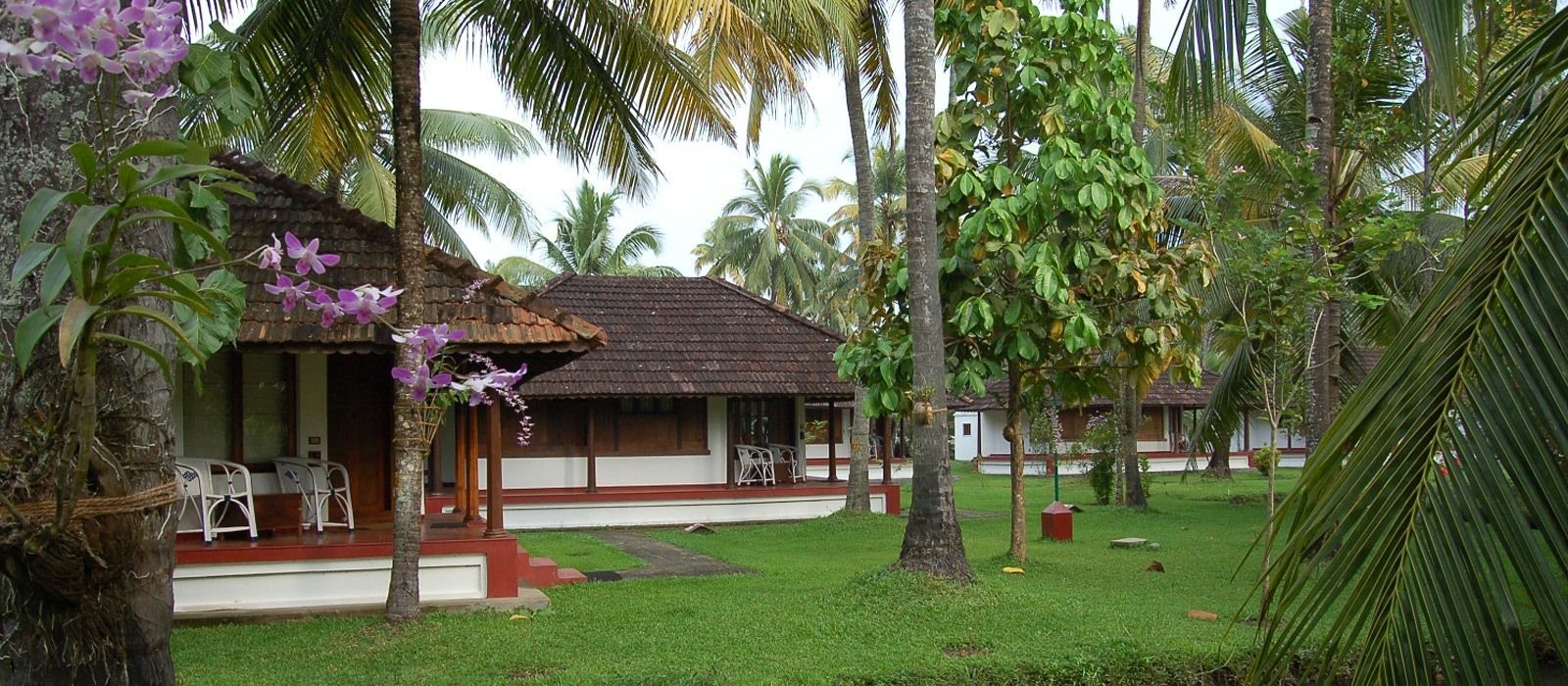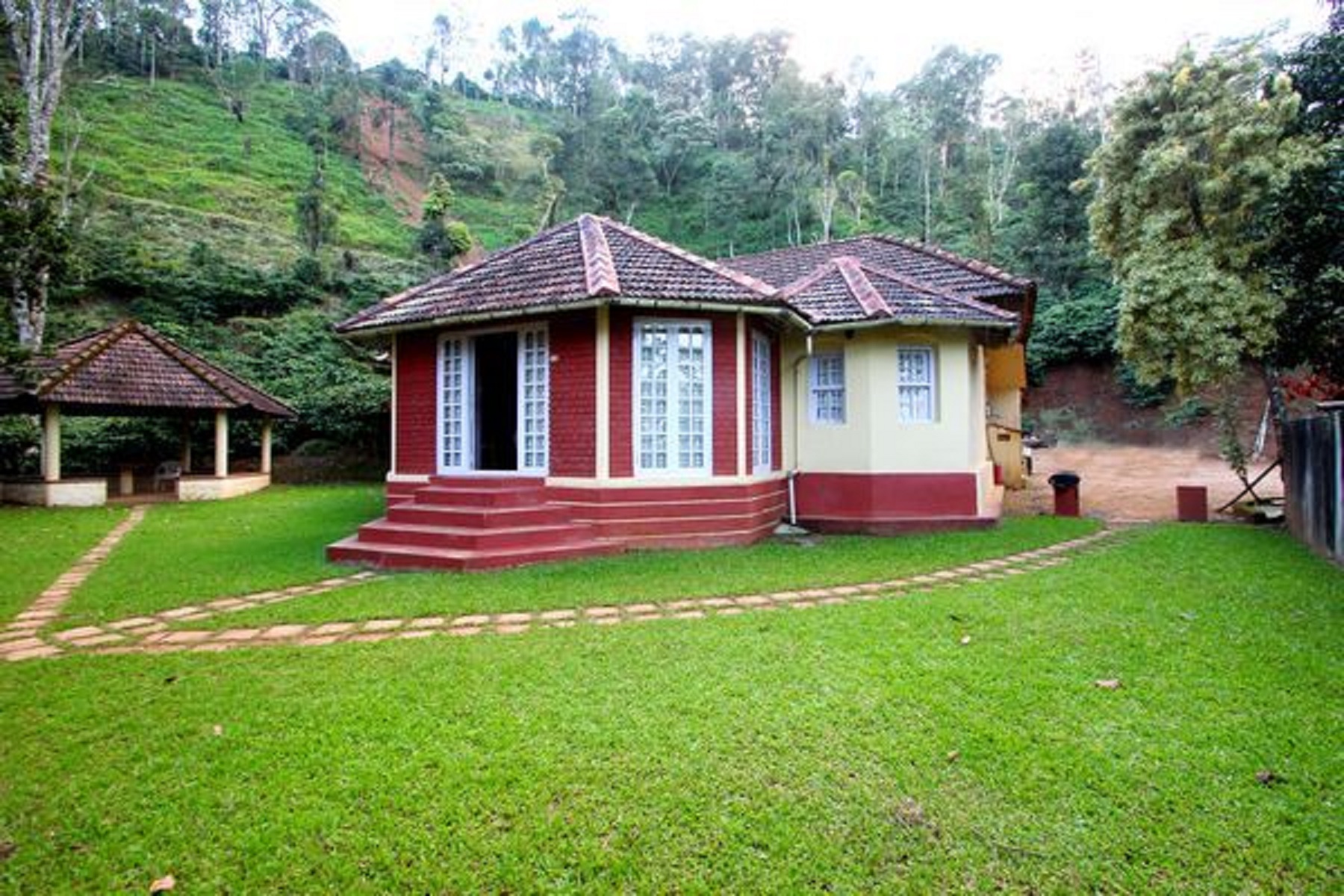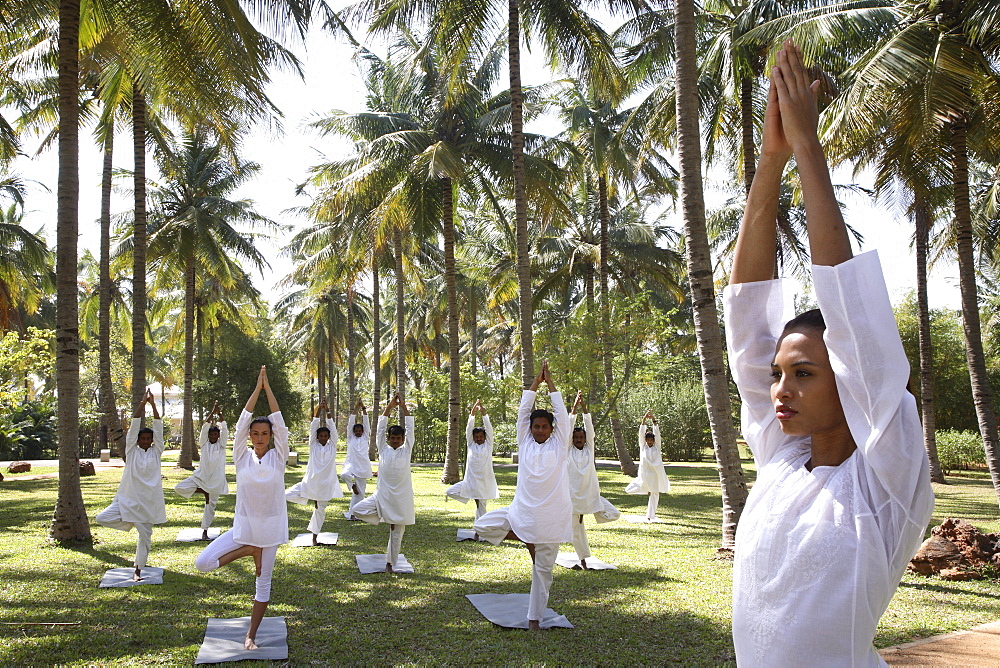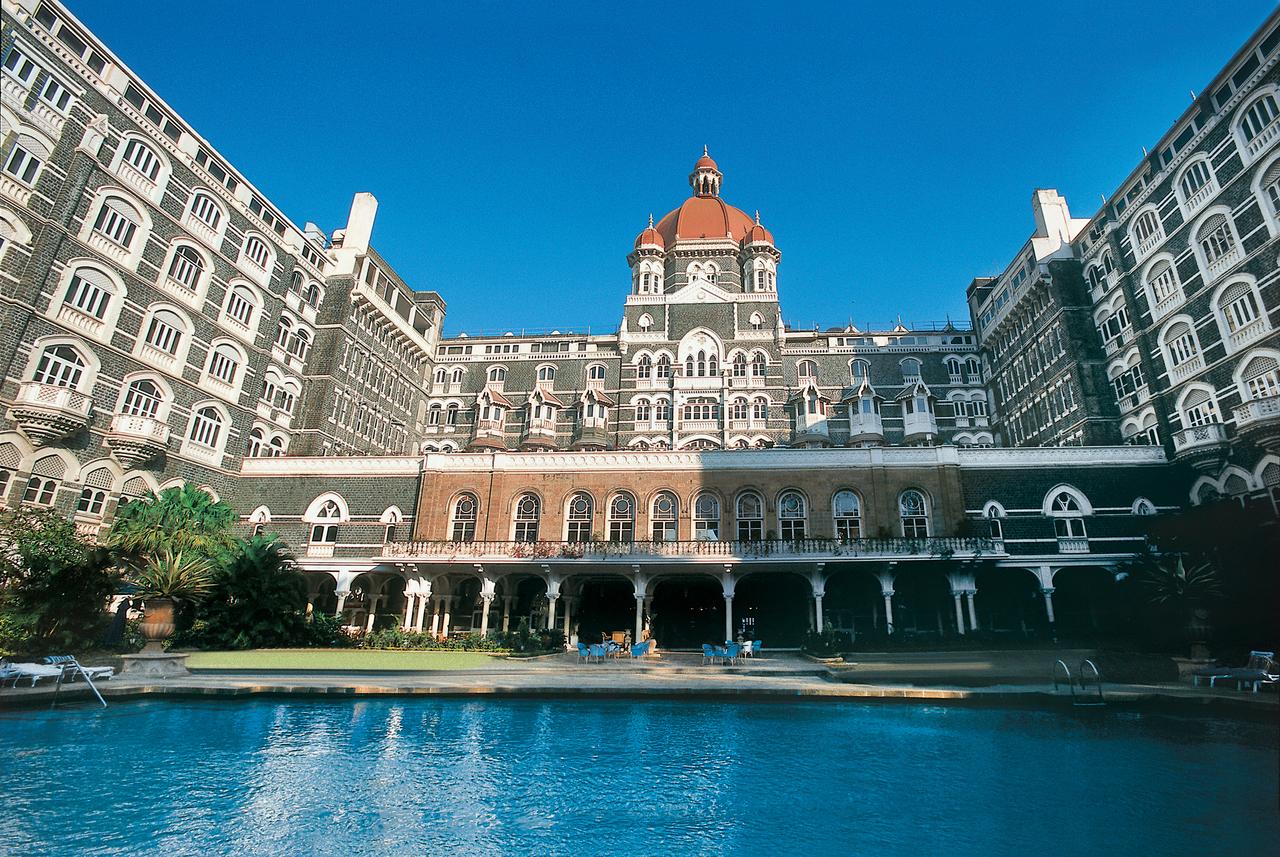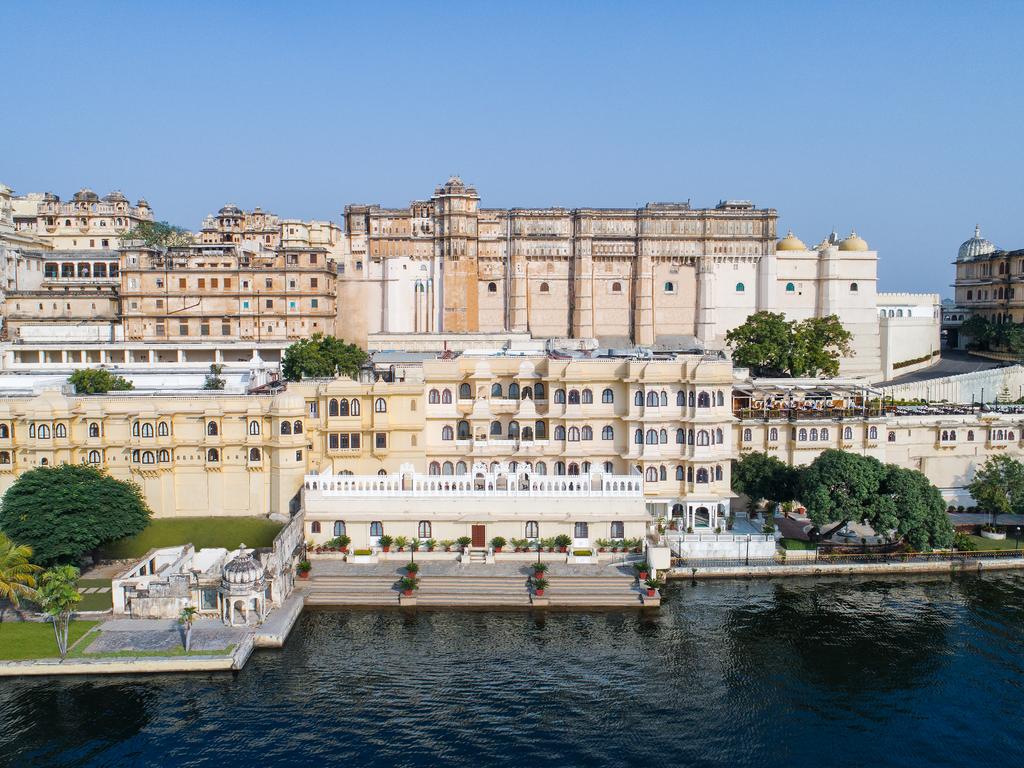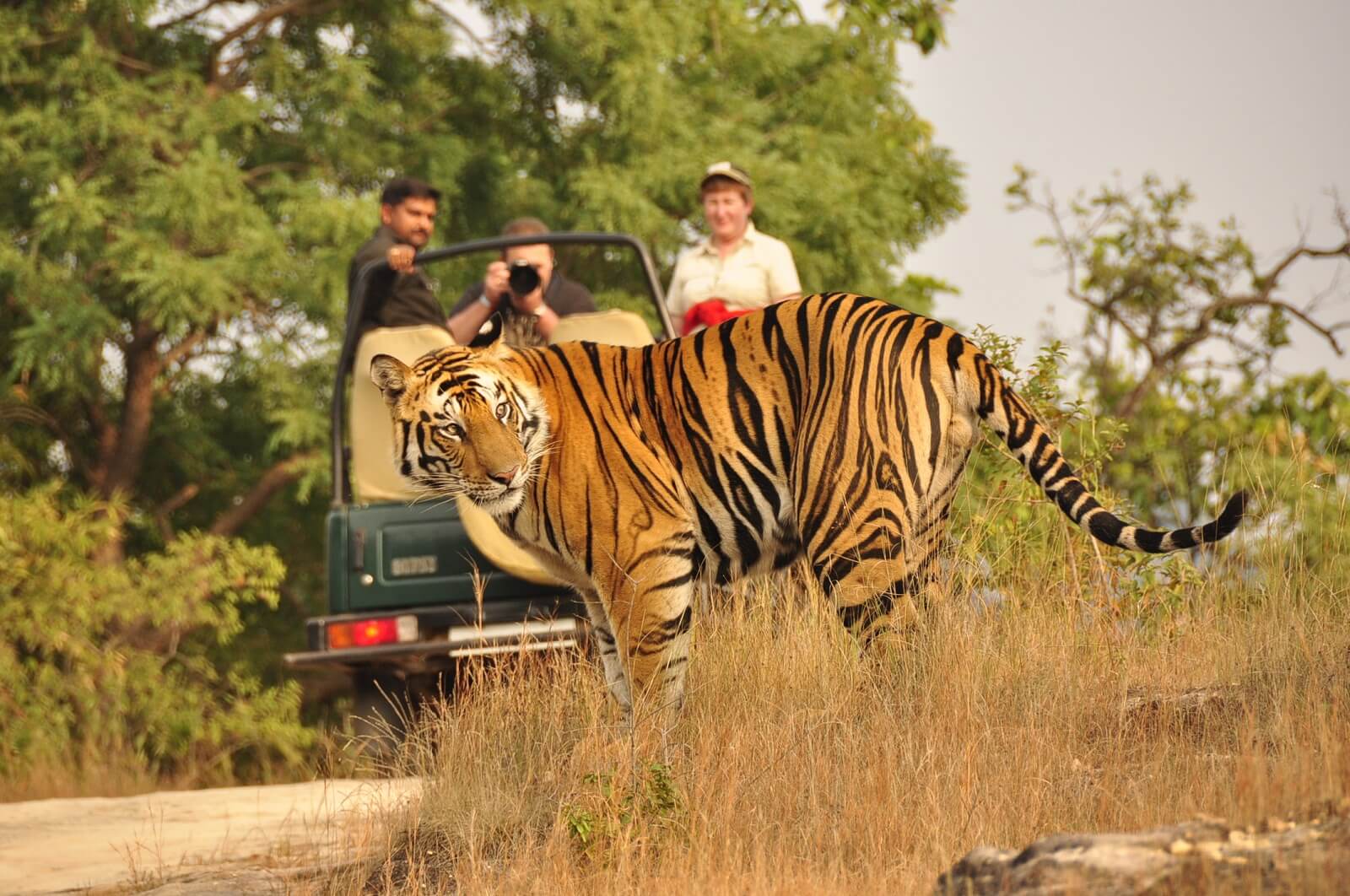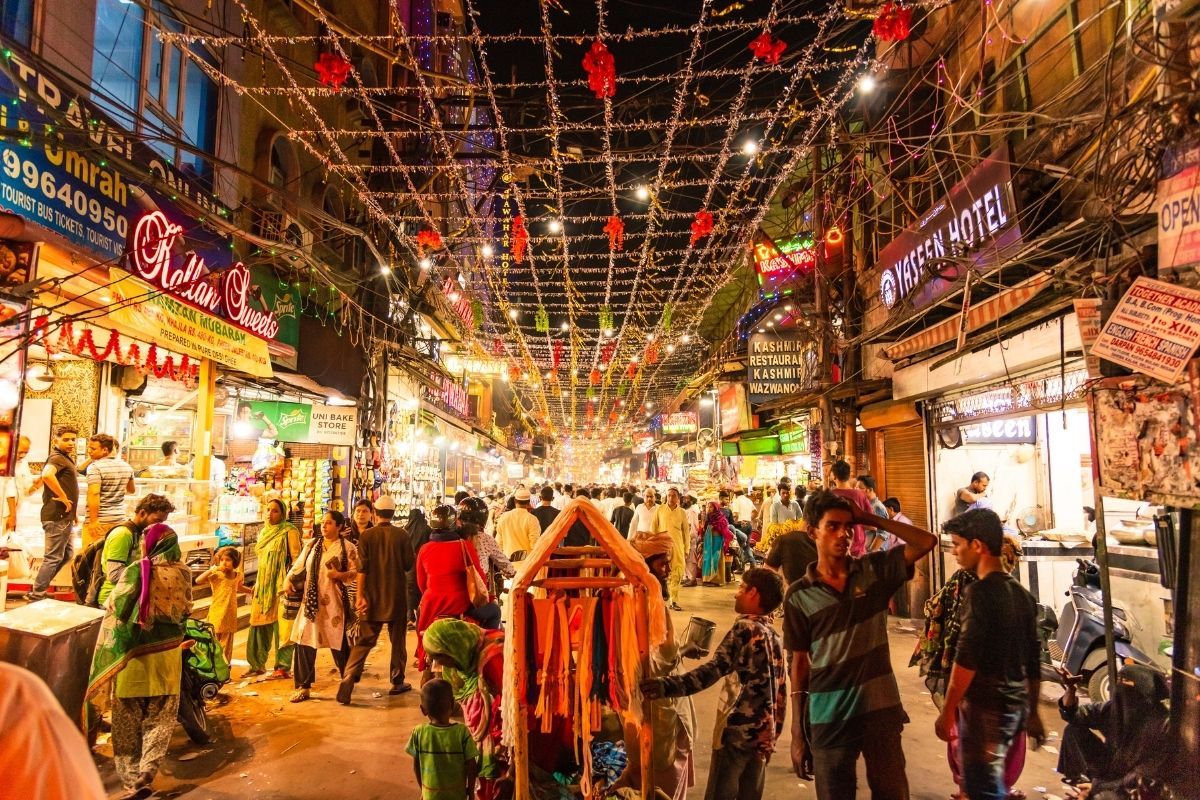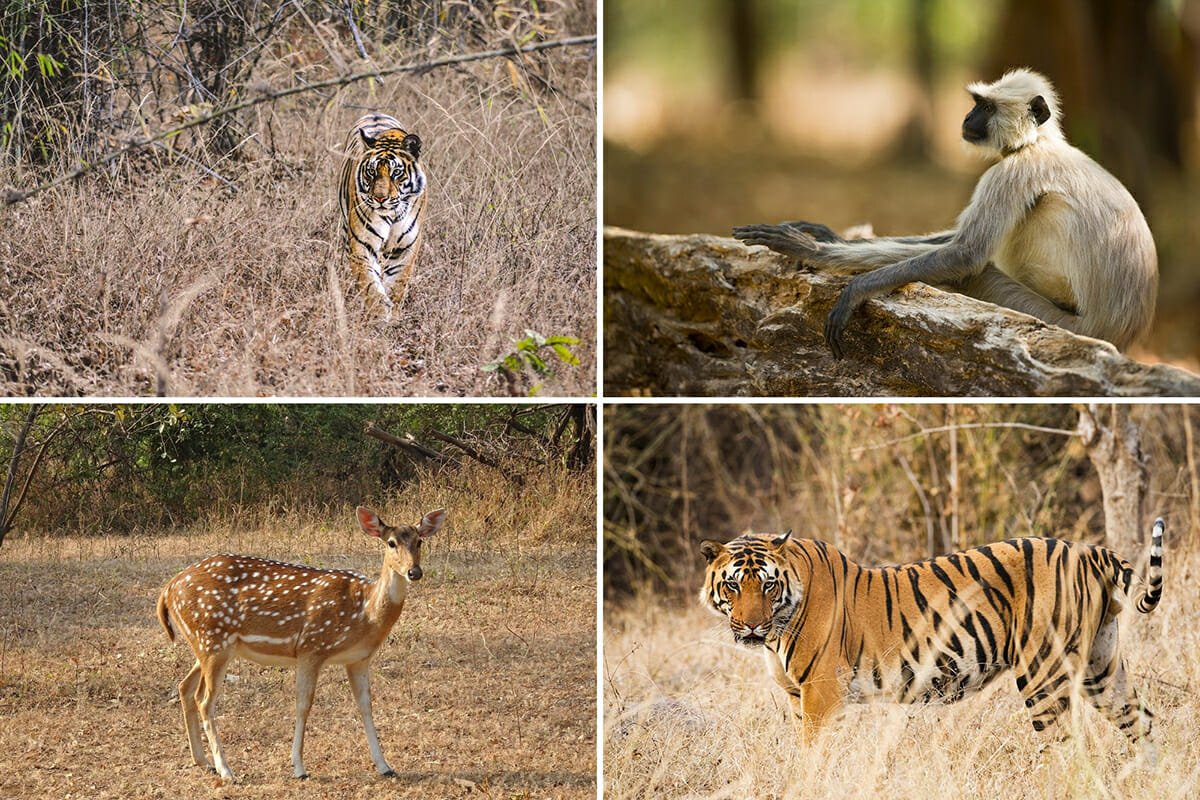The Top Seven Heritage Sites in India on the Ultimate Bucket list
by
Monuments are the heart and soul of India's history. The Taj Mahal is but of course the most recognized monument in India, but there are also many more. India has 38 UNESCO World Heritage Site to its name; many among them are incredible specimens of architecture, heritage and culture. So, when you are planning your India tour packages, plan a visit to the most amazing heritage sites in India.
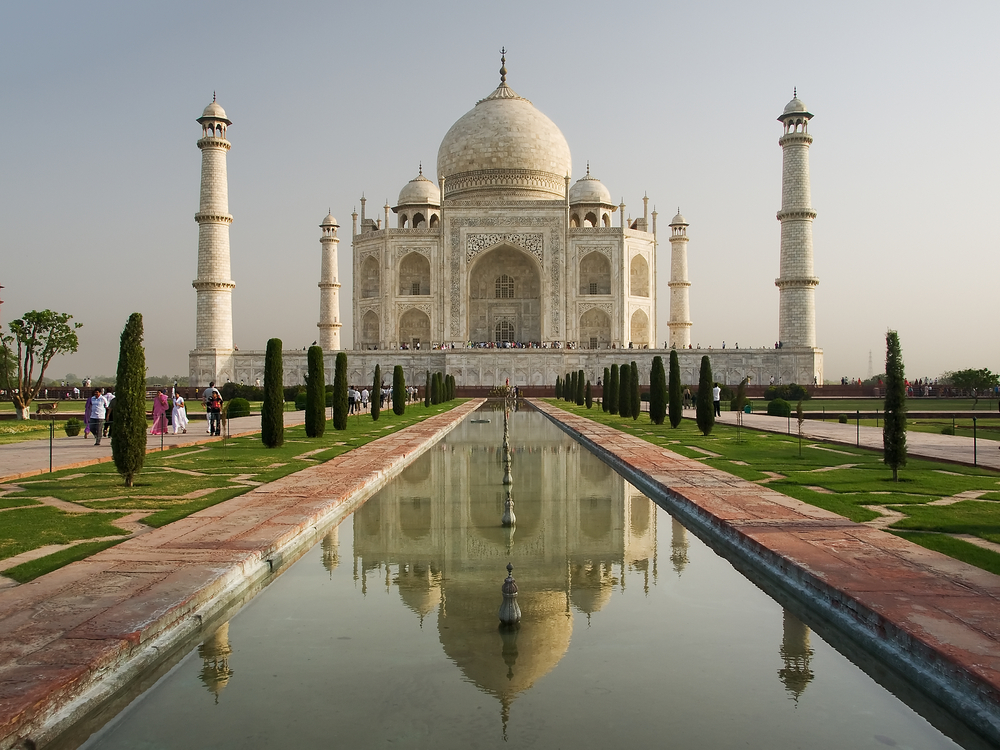
Before going through the list of the must-visit heritage sites in India, a brief must be given about the Taj Mahal in Agra the most popular of architectural wonders in India. The Taj Mahal is one of the wonders of the world that is also the most-photgraphed sites in India.
Beyond the Taj Mahal, take a look at the top heritage sites in India that must be on your bucketlist.
1. Temples at Khajuraho
The architectural masterpiece of The Khajuraho Group of Monuments is one of the treasures of heritage of India. The group of Hindu and Jain Temples in Central India are well known for erotic figures and sculptures. The stone carvings capture sensuality in a very beautiful way. Both human as well as animal forms in erotic poses are intriguing. Dating back to the years between 950 to 1050 CE, the temples were built in the reign of the Chandela dynasty. The architectural finesse is extraordinary and worth exploring and are enlisted among the UNESCO World Heritage Sites in India.
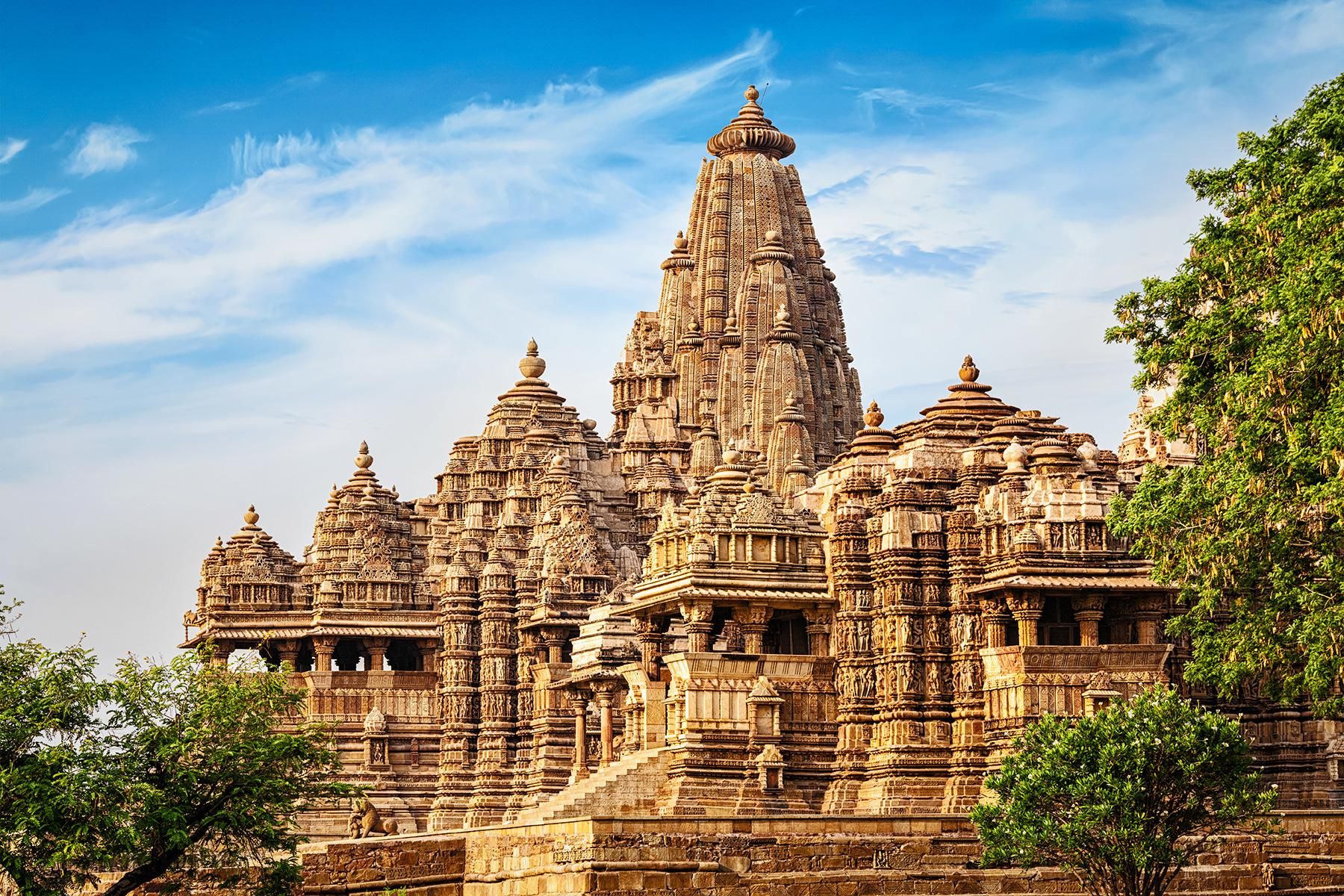
2. Forts of Rajasthan
The mighty forts of Rajasthan are undoubtedly some of the most prized sites of Indian heritage. The Hill Forts of Rajasthan are the epitome of incredible architecture and defensive strategy. Witness to some of the most interesting episodes of history, some of the hill forts are inscribed as UNESCO World heritage Sites. The six forts include Chittorgarh, Kumbhalgarh, Ranthambore Fort, Gagron Fort, Amber Fort, and Jaisalmer Fort, each a masterpiece of grandeur, planning and intriguing to explore.
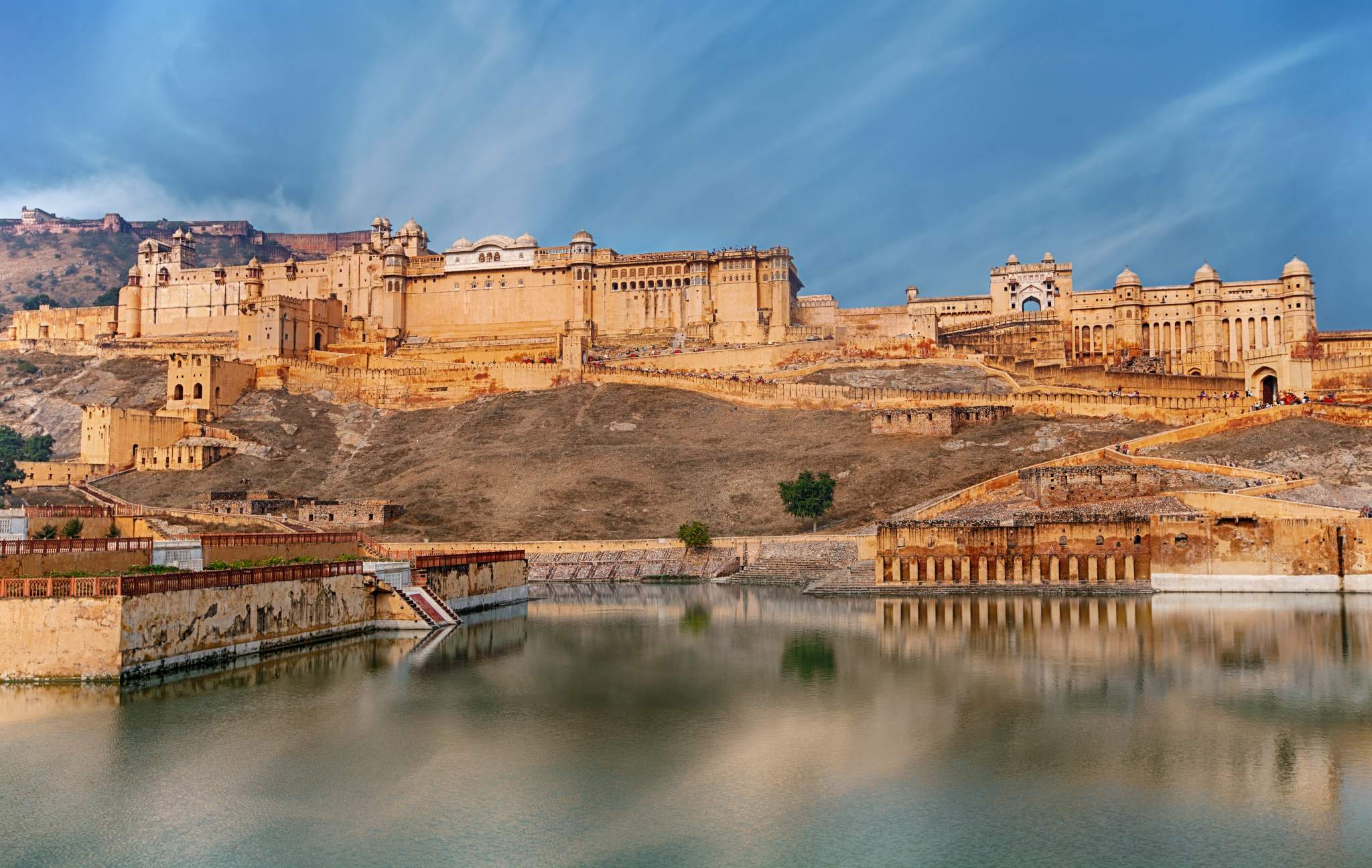
3. Humayun’s Tomb
The inspiration behind Taj Mahal, Humayun’s Tomb is an architectural wonder. The first of its kind, the garden mausoleum is a grand marvel of the Mughal architectural style. Nestled in the lush greenery of Central Delhi, the garden tomb is pictorial setting inspired by the description of paradise in the Holy Quran. The UNESCO World Heritage Site is magnificent to awe at.

4. Ajanta-Ellora Caves
The Ajanta and Ellora Caves are two UNESCO World Heritage Sites in India. The caves are well known for their Indian-rock cut architecture. A treasured amalgam of Hindu, Buddhist and Jain religious mythology, these caves are testimony of the tolerance which was extended towards different faiths and beliefs in Ancient Indian History.
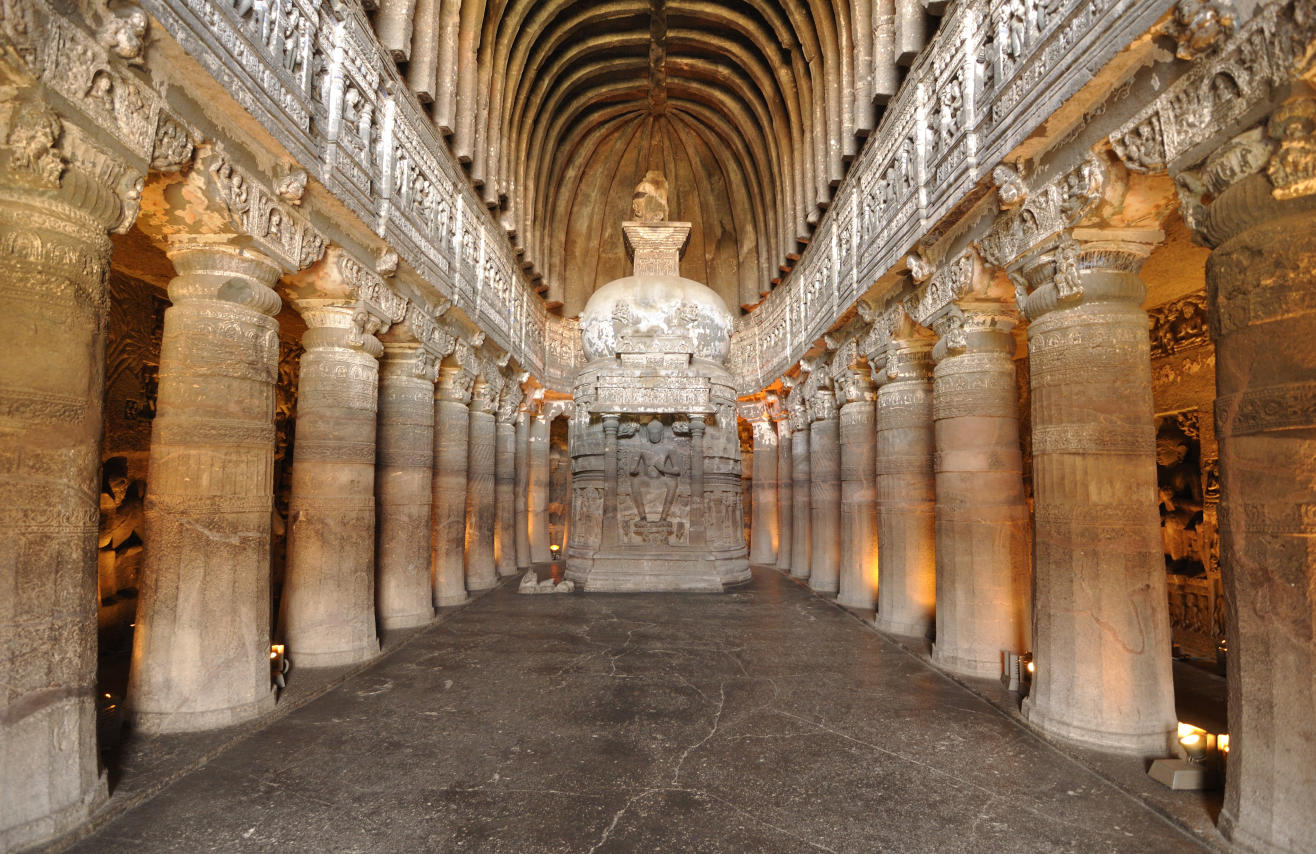
Ajanta Caves date back around the 2nd- 6th century CE and comprise of the finest masterpieces of 31 rock-cut Buddhist cave monuments, paintings, and sculptures. Ellora has about 34 rock-cut temples and caves which can be dated to about 600 to 1000 AD.
5. Qutub Minar
A brick minaret might not sound interesting but when it comes to Qutub Minar, it is definitely awe-inspiring. Towering at 73m in height, the Qutub Minar was built in the owner of a Sufi Saint, highly patronised by Qutub-ud-din Aibak, the ruler of the Slave Dynasty in the early 12th century. In the ruins are also several ancient monuments like one of the first mosques in India.

6. Ruins of Hampi
One of the most fascinating heritage sites in India, the ruins of Hampi deserve as much as attention as the Taj Mahal. Once the pride of the prosperous kingdom of Vijayanagara, now the ruins are marvelous specimens of Dravidian art and architecture date back to the 16-17th centuries. The open-air museum is displays finest of artistic craftsmanship. Hampi stands as the last remains of one of the mightiest empires of South India.
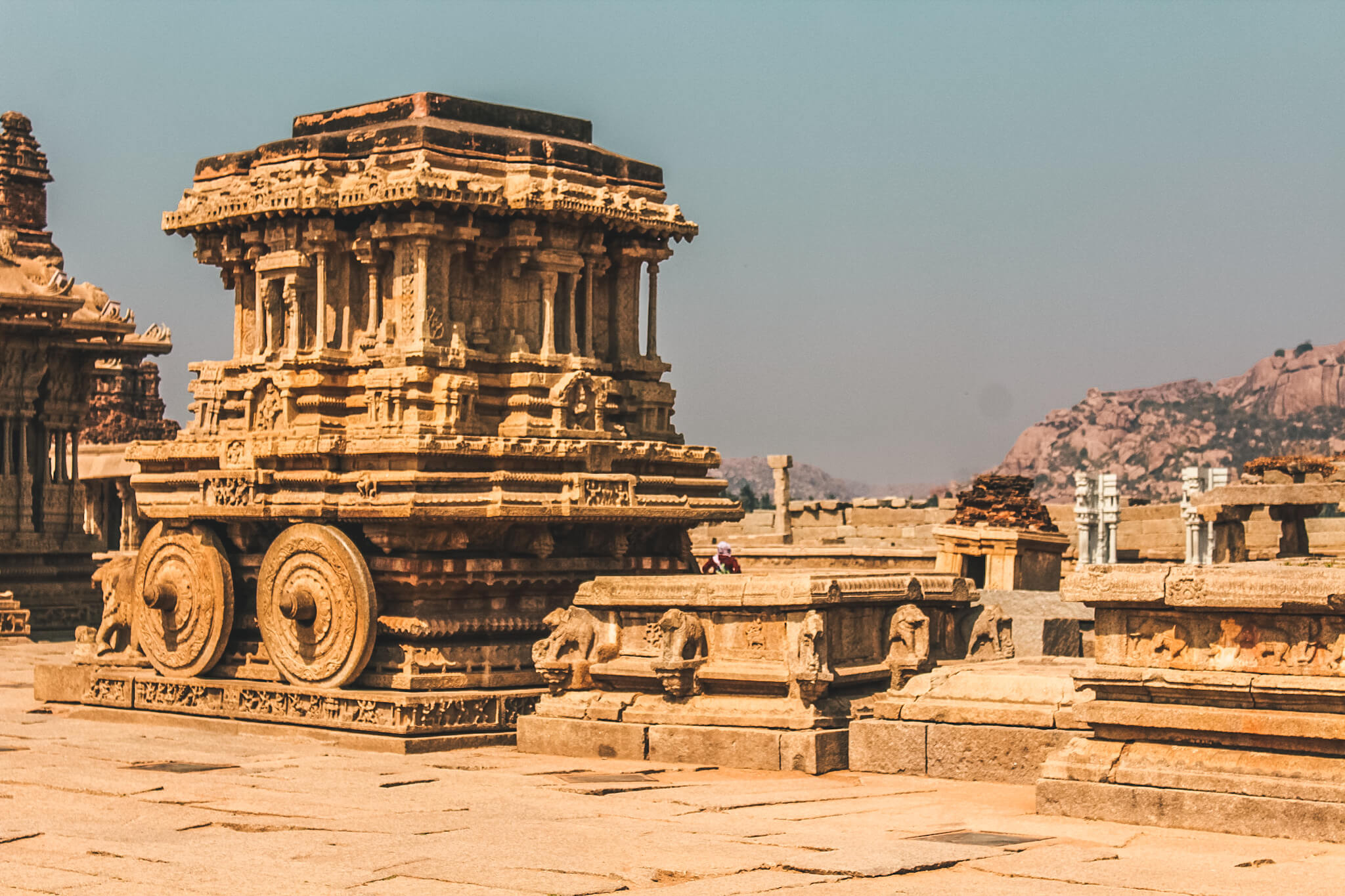
7. Fatehpur Sikri
A city of heritage sites, Fatehpur SIkri is worthy of its status among the UNESCO World Heritage Sites. On the outskirts of Agra, the city was a capital of the Mughal Empire for a decade before being abandoned. Known as the 'City of Victory', the walled city is full of marvelous Mughal buildings and incredible architecture. Starting from its mighty entry gate ‘Buland Darwaza’ to the many palaces, tombs and gardens, the city is a testimony of wonderful marvels. Though abandoned for centuries, the city still retains its bygone charm.
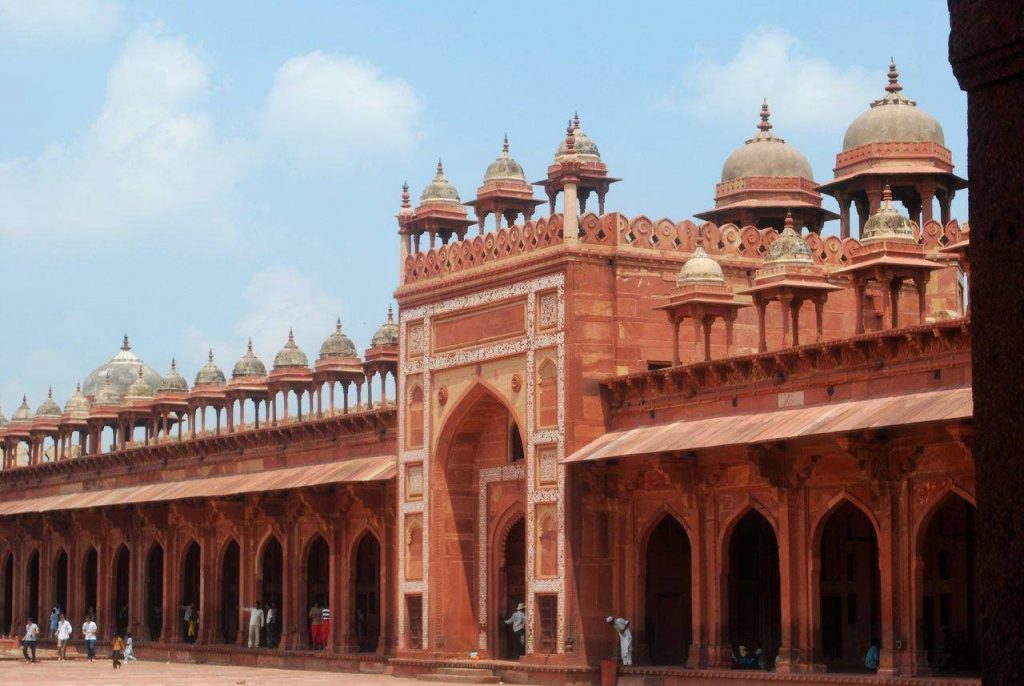

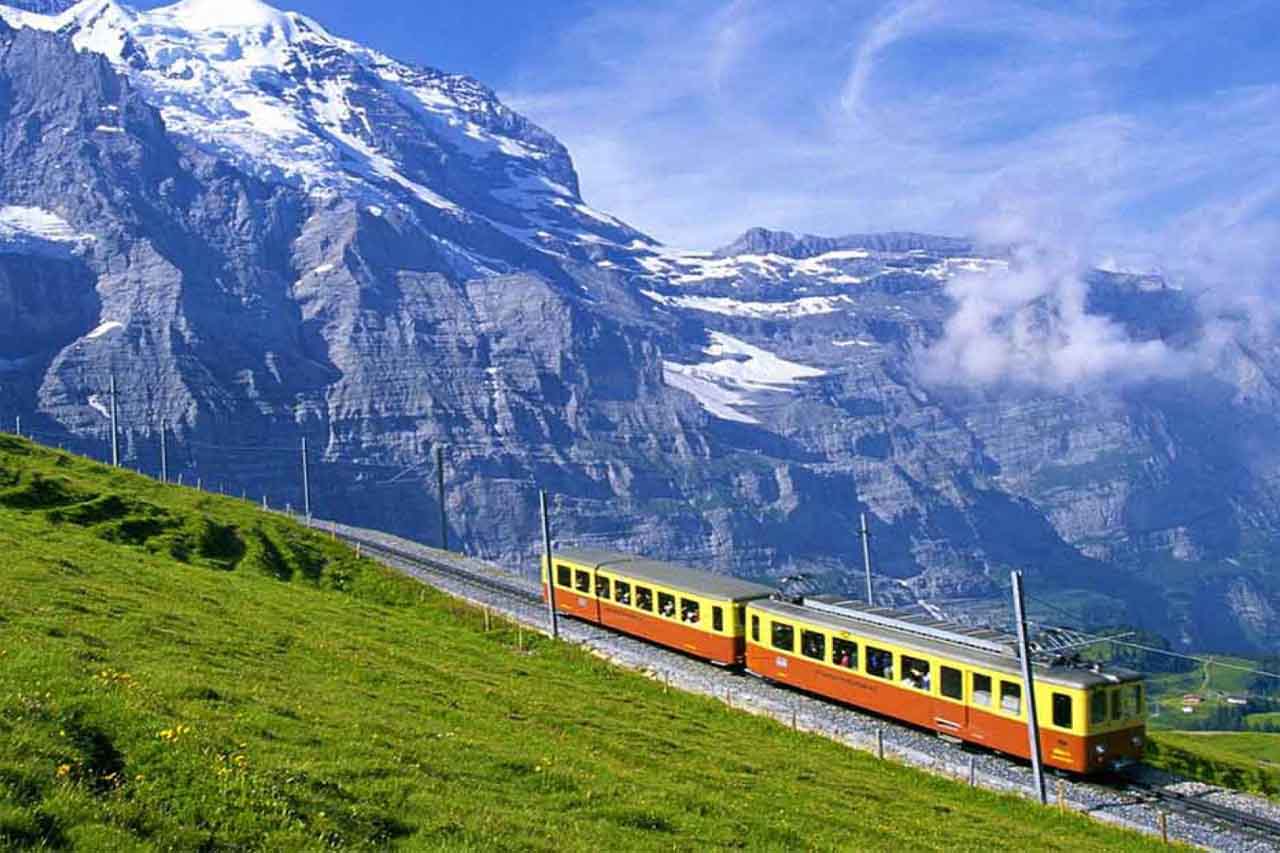 Courtesy to the magnificent mountain backdrop, Darjeeling has earned a name as the “Queen of the Himalayas”. What more is the hill town is perfect for vacations with family, a romantic honeymoon; a
Courtesy to the magnificent mountain backdrop, Darjeeling has earned a name as the “Queen of the Himalayas”. What more is the hill town is perfect for vacations with family, a romantic honeymoon; a 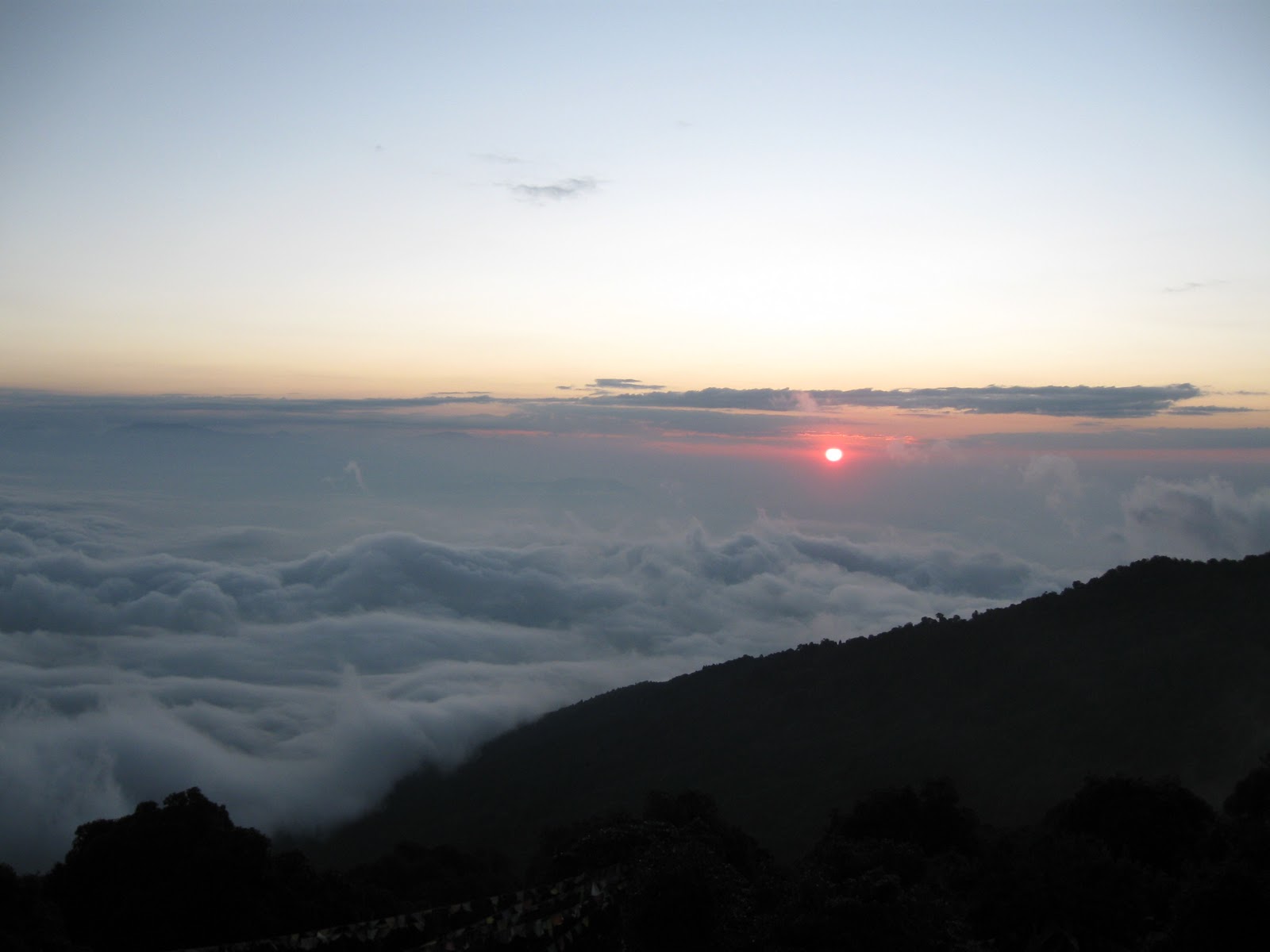 Ghoom Monastery: Darjeeling’s oldest Tibetan Monastery
Ghoom Monastery: Darjeeling’s oldest Tibetan Monastery 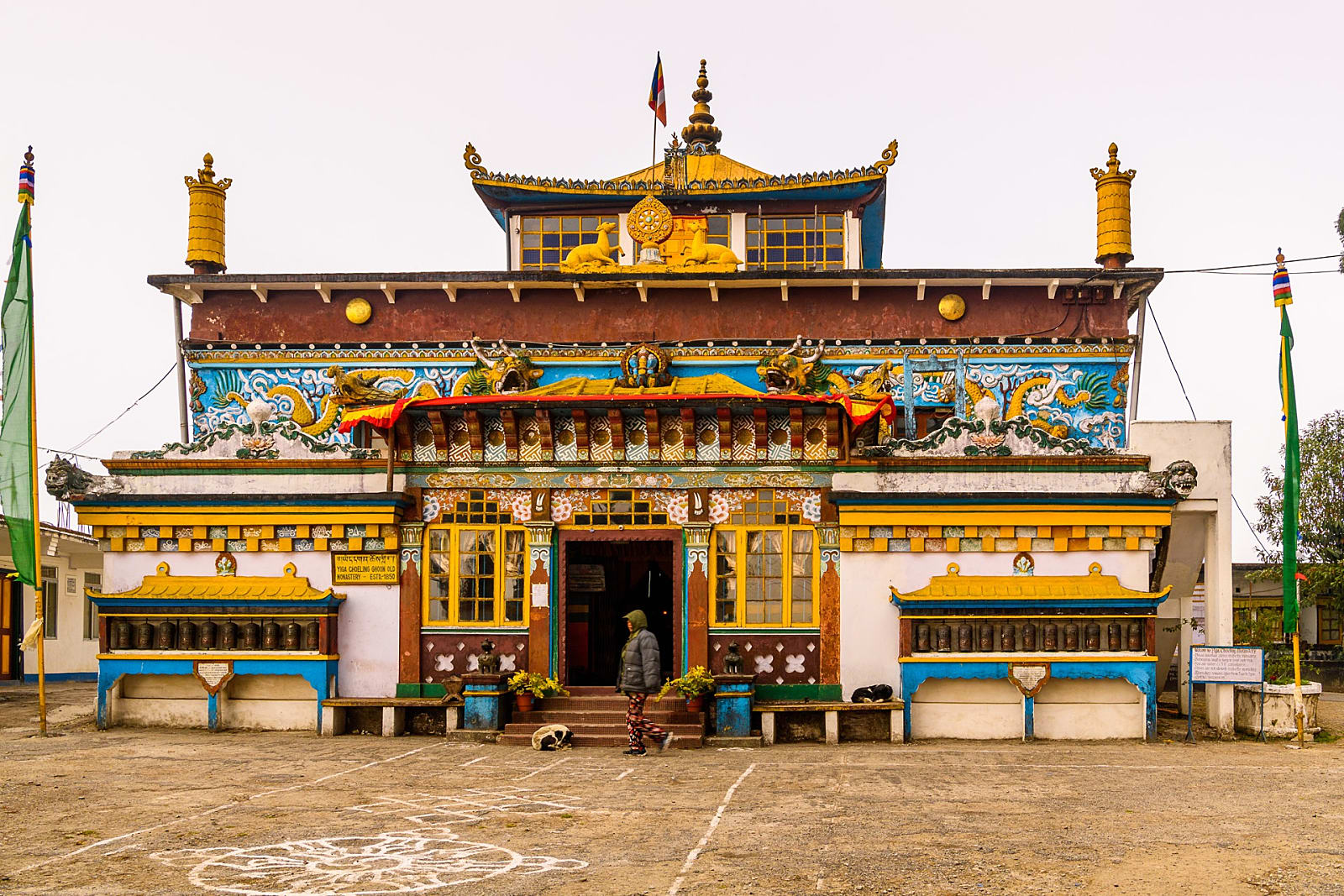 Japanese Peace Pagoda: A serene farewell
Japanese Peace Pagoda: A serene farewell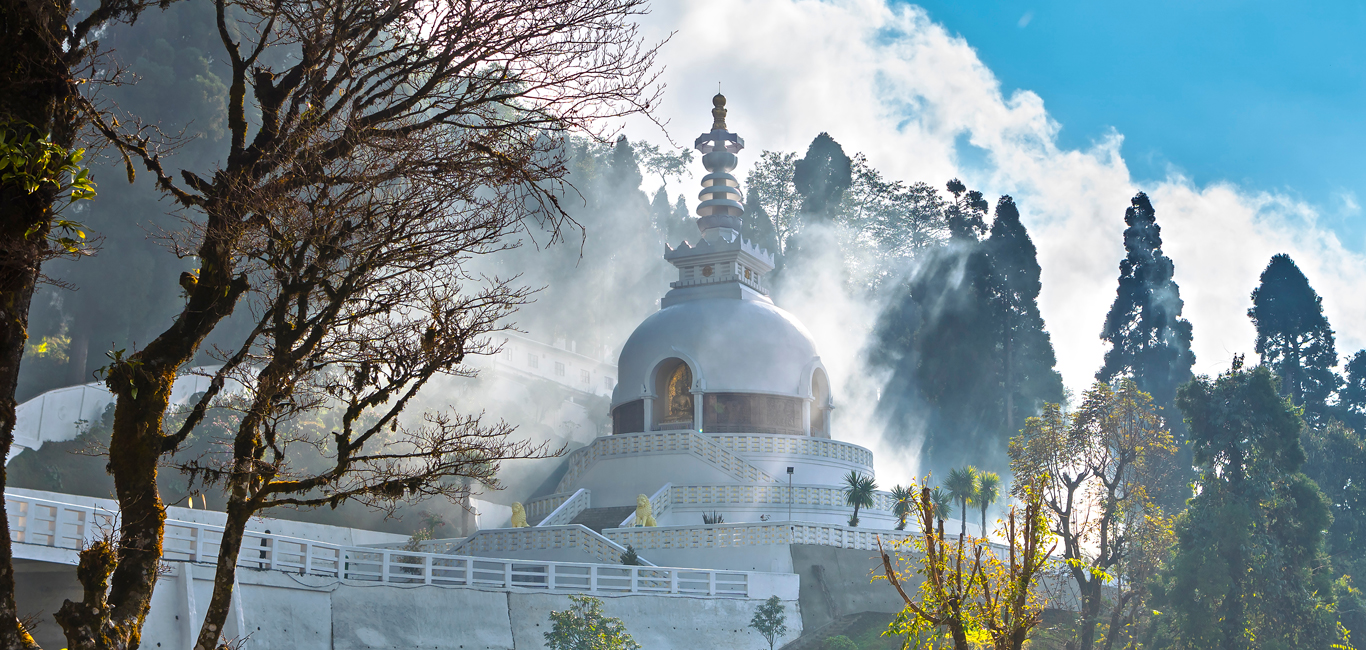 Happy Valley Tea Garden: Oldest tea estate of Darjeeling
Happy Valley Tea Garden: Oldest tea estate of Darjeeling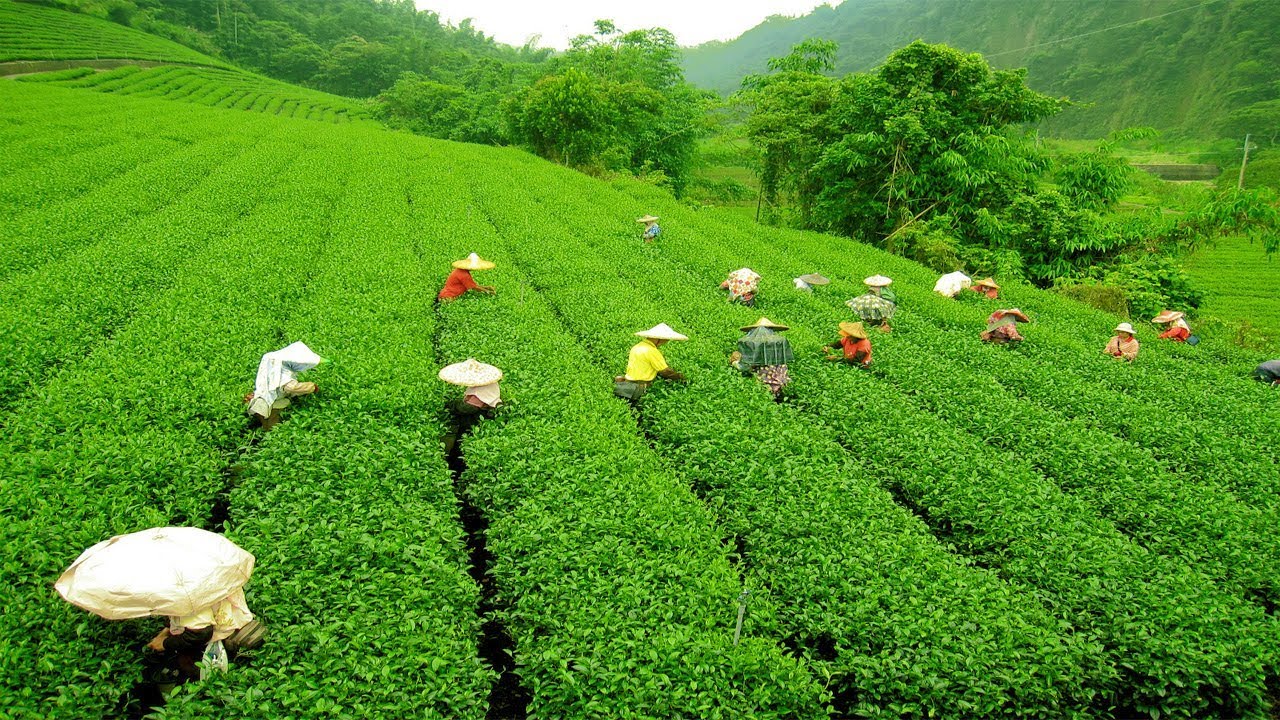 Walk amid the lush estates, watch the workers pluck fresh leaves to brew and there are also options to learn the entire process of tea-making. Darjeeling’s Happy Valley Tea Garden is worth exploring. Stretching across 437 acres area, this is the oldest tea estate of Darjeeling and a popular tourist attraction.
Walk amid the lush estates, watch the workers pluck fresh leaves to brew and there are also options to learn the entire process of tea-making. Darjeeling’s Happy Valley Tea Garden is worth exploring. Stretching across 437 acres area, this is the oldest tea estate of Darjeeling and a popular tourist attraction.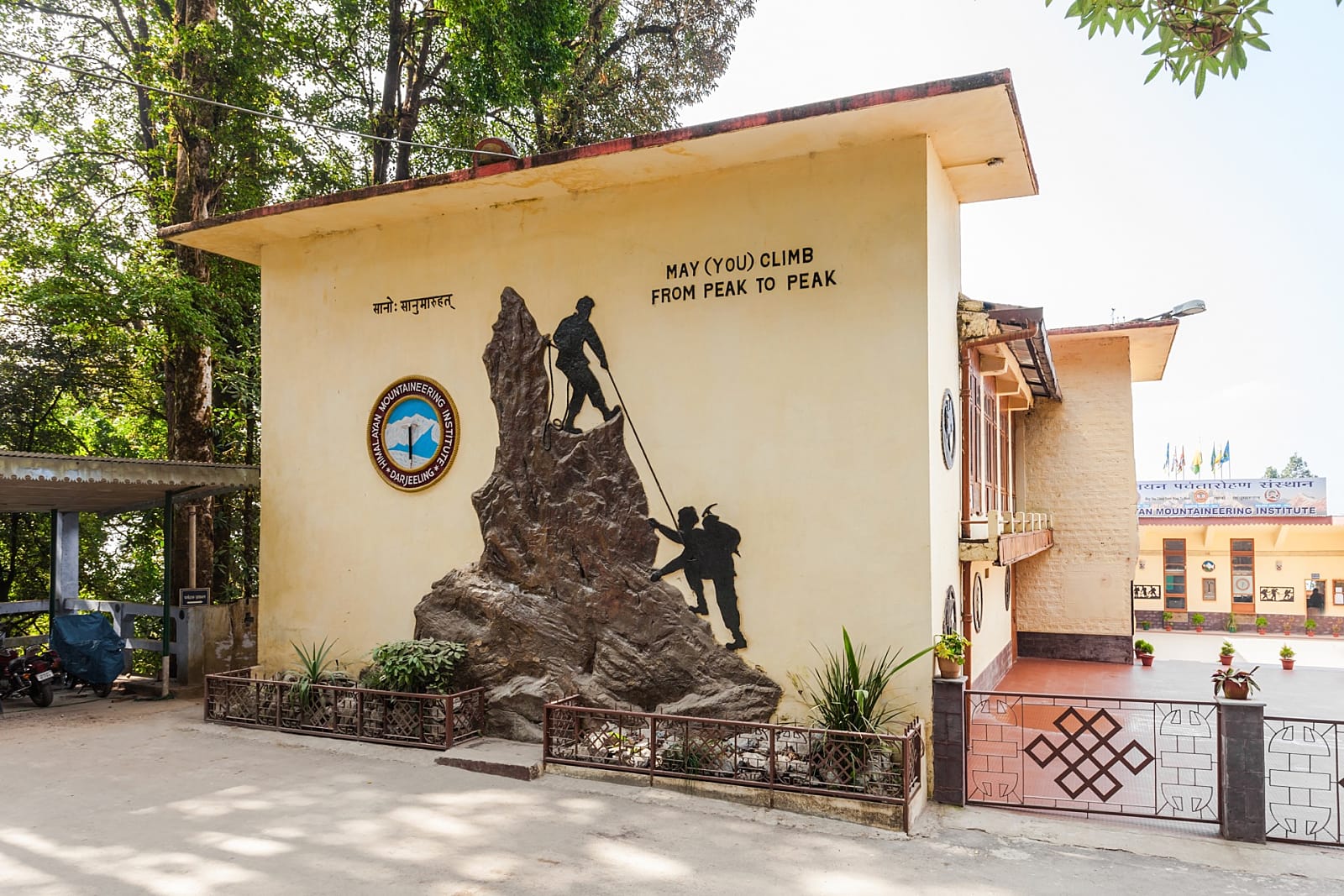 Darjeeling Himalayan Railway (DHR): A joyride with the Toy-train
Darjeeling Himalayan Railway (DHR): A joyride with the Toy-train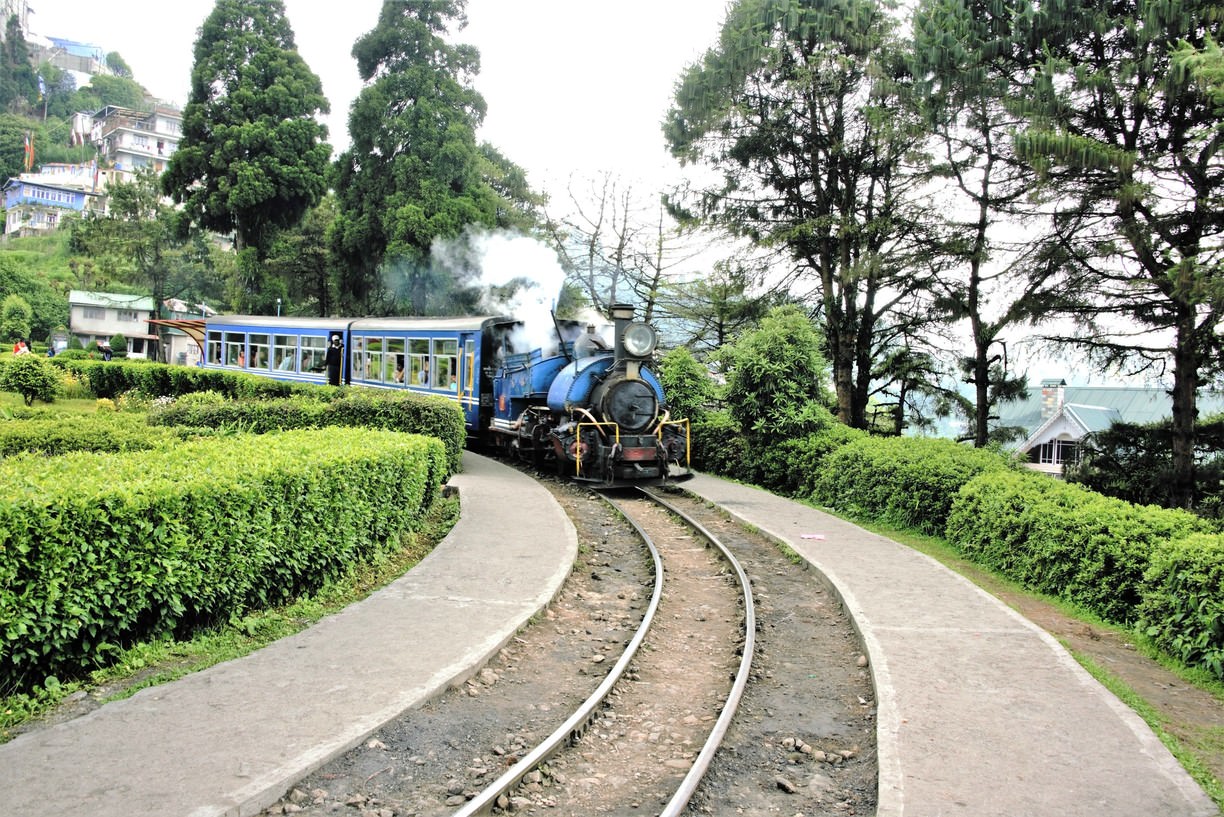 Batasia Loop: Darjeeling’s spiral railway
Batasia Loop: Darjeeling’s spiral railway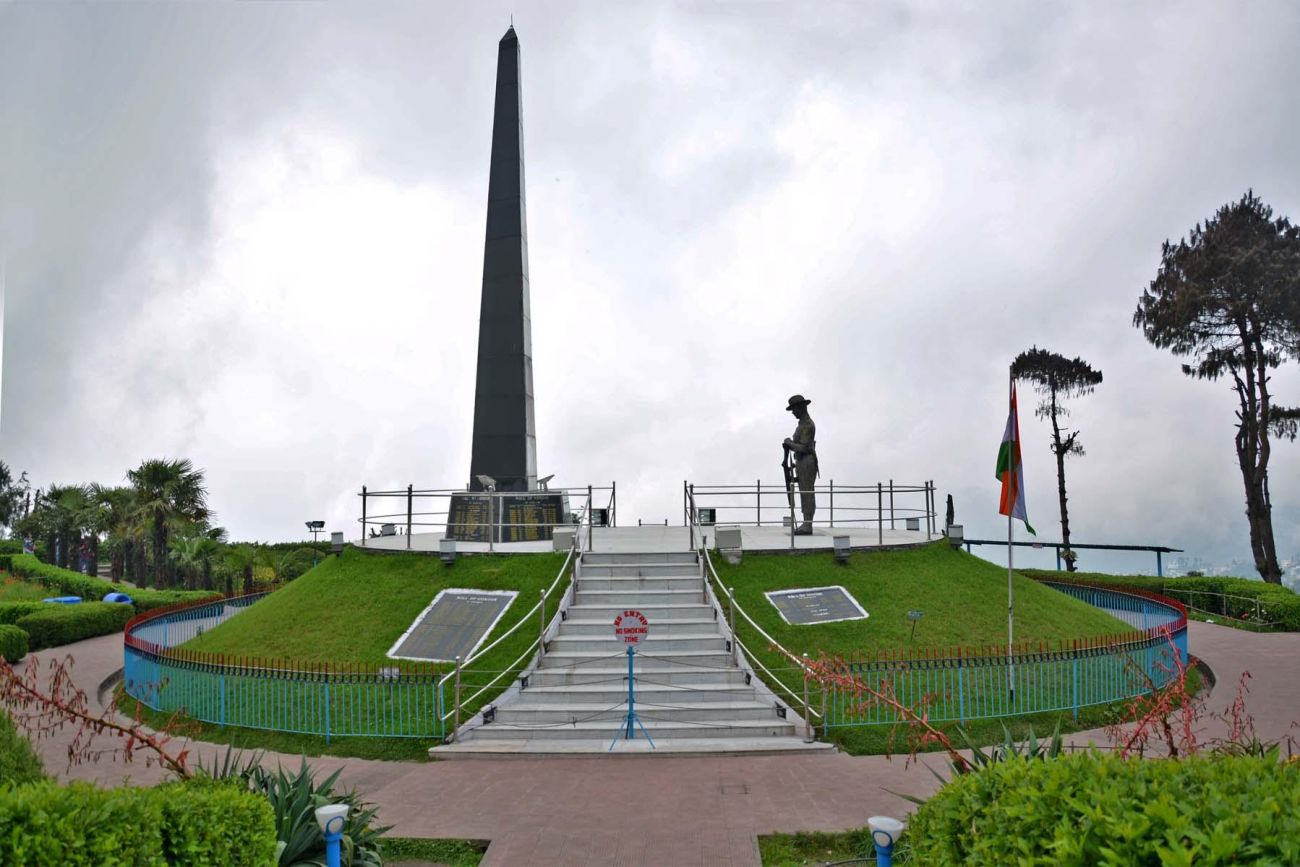 With lush gardens, eateries and incredible vistas of the panorama, Batasia Loop is an amazing site to soak in the pleasures of Darjeeling.
With lush gardens, eateries and incredible vistas of the panorama, Batasia Loop is an amazing site to soak in the pleasures of Darjeeling.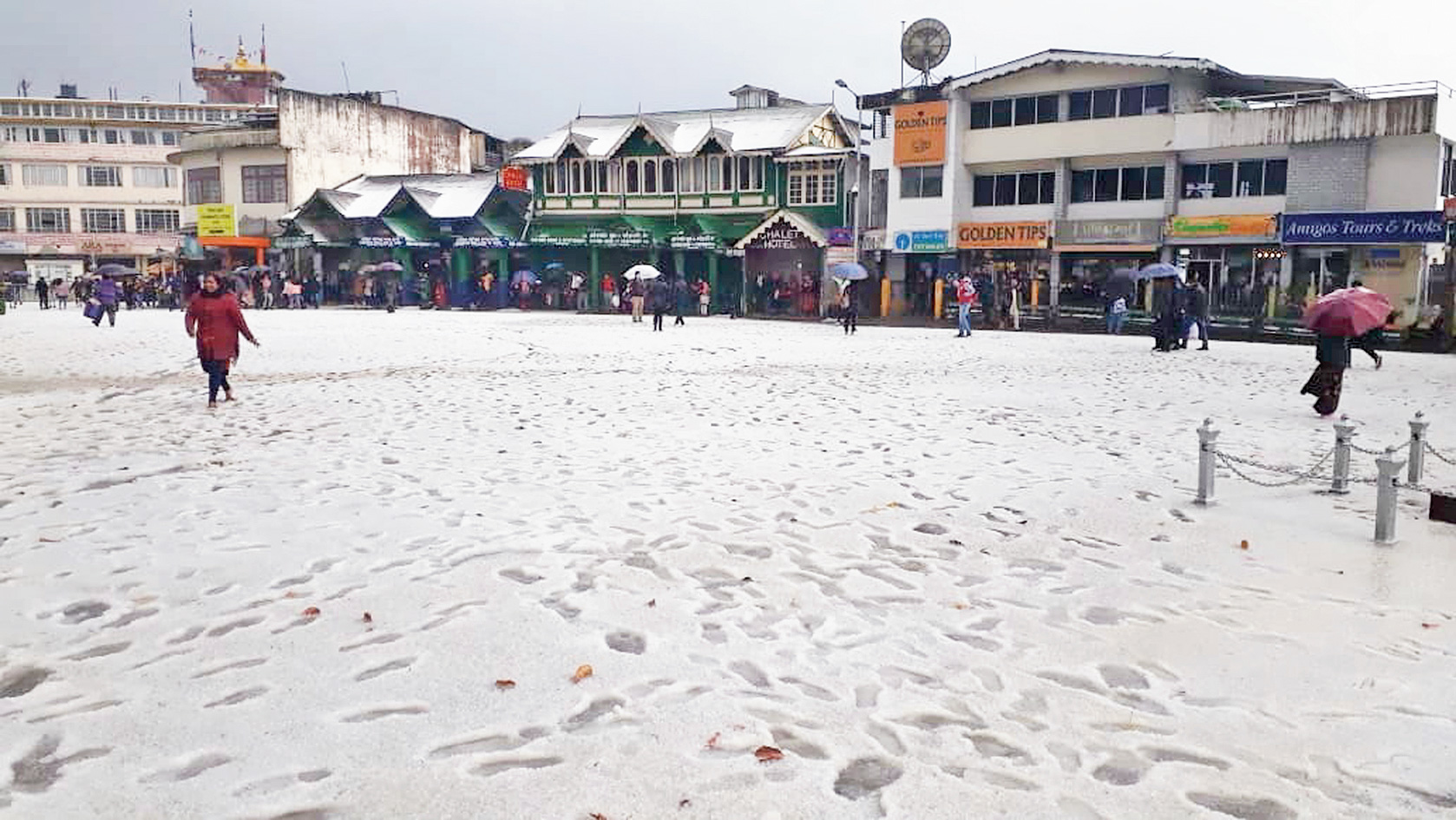 Darjeeling tours are an experience of a lifetime. To make it all the more special, stay at the best hotels of the hill station. Choose to stay at the Glenburn Tea Estate to experience the bliss of tea gardens. For the colonial feel, there are many other choices. The Elgin Hotel is a 120-year-old residence, reminiscent of the days of the British Raj. Windamere Hotel is one of the three Jewels of the Raj.
Darjeeling tours are an experience of a lifetime. To make it all the more special, stay at the best hotels of the hill station. Choose to stay at the Glenburn Tea Estate to experience the bliss of tea gardens. For the colonial feel, there are many other choices. The Elgin Hotel is a 120-year-old residence, reminiscent of the days of the British Raj. Windamere Hotel is one of the three Jewels of the Raj.